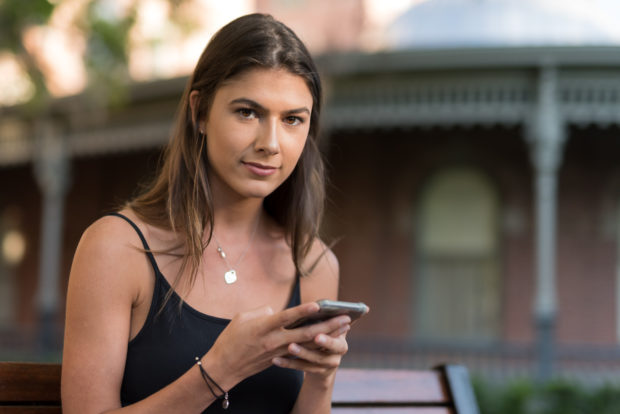While Screen Time Skyrocketed During The Pandemic, Screen-Related Vision Problems Did Too

Over the past two years, COVID-19 restrictions and isolation have caused most of the world to turn to their phones for work, interpersonal communication, entertainment, and a sense of comfort.
According to a study conducted by the Indian Institute of Public Health, “screen time” during the height of COVID-19 actually increased a whopping fifty to seventy percent.
This switch not only raises concerns about feelings of depression or anxiety but has also worried researchers about the state of our eyesight.
MyVision, an organization run by expert ophthalmologists and optometrists to help inform the public on eye health, recently conducted a survey to gauge the impact of increased screen time on vision acuity.
Over one thousand people who already wore glasses or contacts participated in the survey and answered numerous questions surrounding their eye health and screen time habits.
“It turns out that many people are having vision problems… but are putting off going to the doctor,” the report found.
In fact, forty percent of people believe that their eyesight has worsened since the pandemic’s start in March of 2020.
About a third of the survey participants find “reading close up” more difficult now, while about seventy percent of participants have encountered more difficulty seeing at a distance.
Moreover, thirty percent of people have sought out stronger eyewear prescriptions over the last two years.

Fitz – stock.adobe.com – illustrative purpose only, not the actual person
Sign up for Chip Chick’s newsletter and get stories like this delivered to your inbox.
Although, despite the overwhelming response that screen time has worsened eyesight, many people admitted their reluctance to seek help.
“One out of three admitted to not getting their eyes checked over the last two years. In fact, twenty-five percent say they have actually avoided getting an eye test even though they know they need one!” the report stated.
In an effort to combat some of the long-term effects of screen exposure, about ten percent of people have set “screen time limits” on their devices.
And about twenty-five percent of people have attempted to stop “binge-watching” shows and movies on streaming services such as Netflix and Hulu.
Nonetheless, most participants admitted to spending too much free time on their phones.
“The majority of people estimated they spend an additional five or more hours each day looking at screens for personal use. Seventy-nine percent admitted to juggling multiple screens at once,” the report found.
And with the high cost of living, most people admit that their vision health has taken a backseat due to financial strain.
Now, about thirty-two percent of people have either received Lasik surgery or plan to seek out the procedure in hopes of curbing recurring vision costs.
In the meantime, the researchers recognize the normality of screens in everyday life is not going anywhere anytime soon. So, they are advising people to partake in the “20-20-20 rule.”
“Every twenty minutes, look away from your screen and focus on something that is twenty feet away. Do it for at least twenty seconds to give your eyes a break,” the researchers said.
They also encourage people to schedule regular vision checks, use blue light glasses while online, and seek further medical assistance if needed.
After all, it is better to address any vision problems before they have an opportunity to worsen.
Have you noticed increased vision strain since the onset of the pandemic? How are you combatting it?
To read the survey’s complete findings, visit the link here.
If true crime defines your free time, this is for you: join Chip Chick’s True Crime Tribe.
More About:Human Interest





